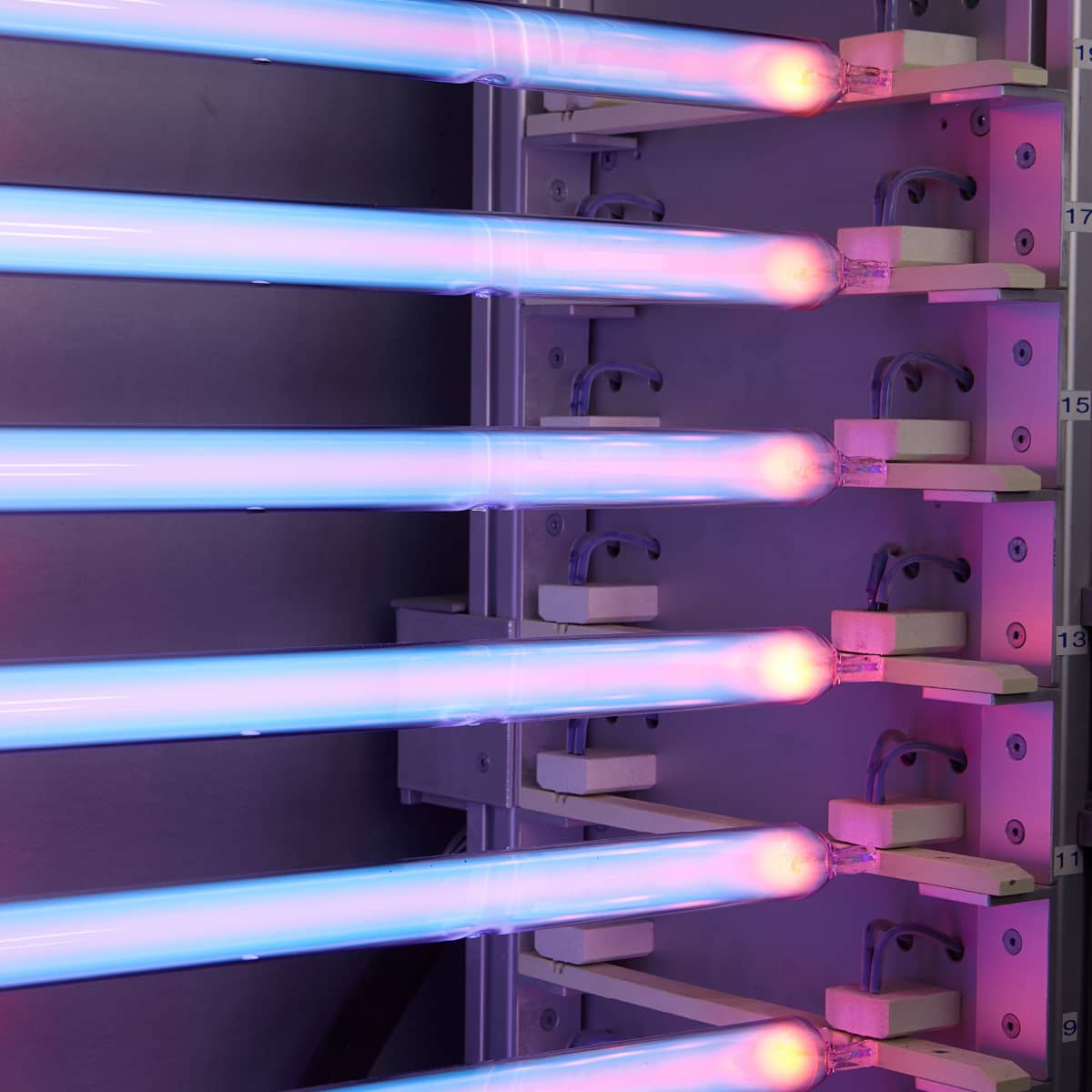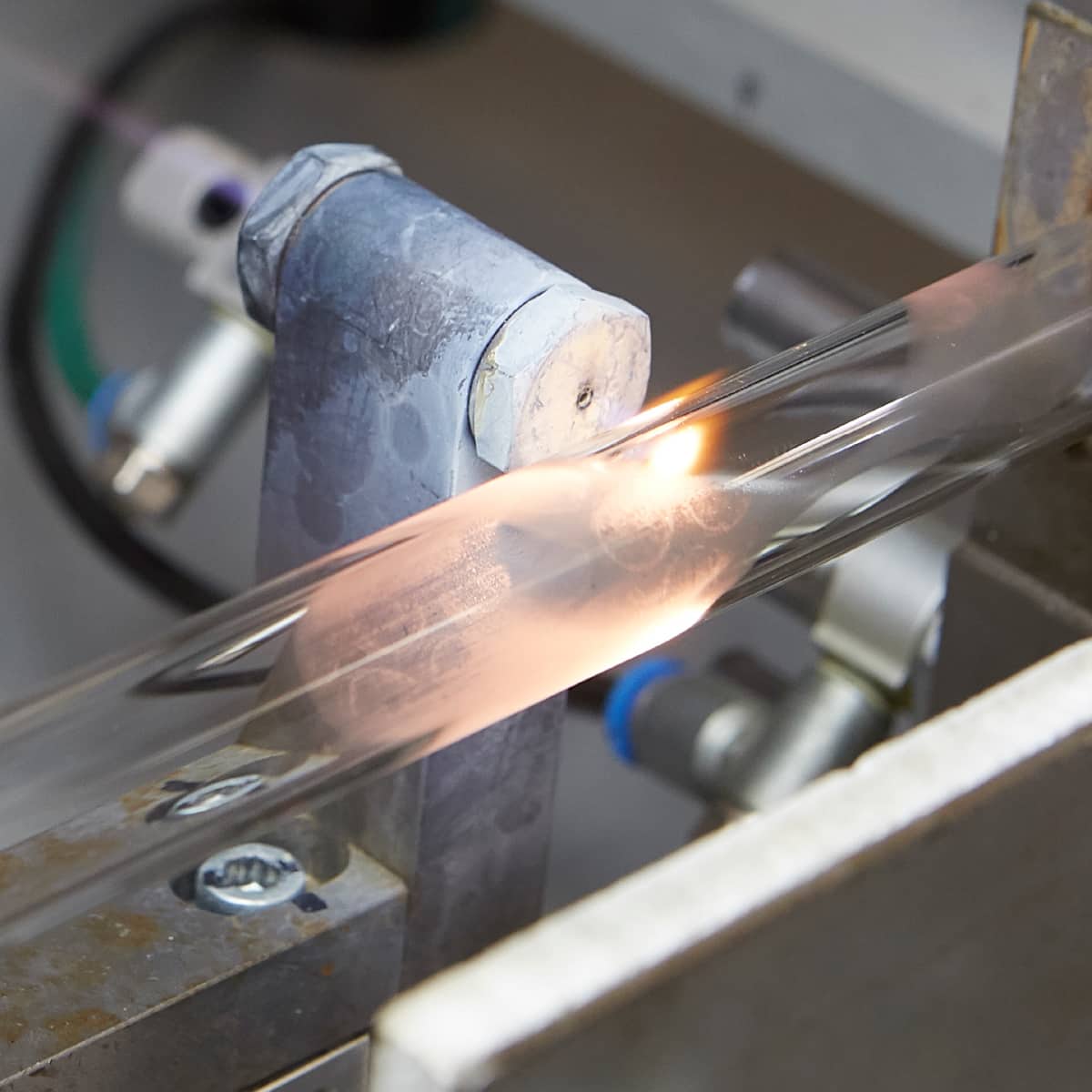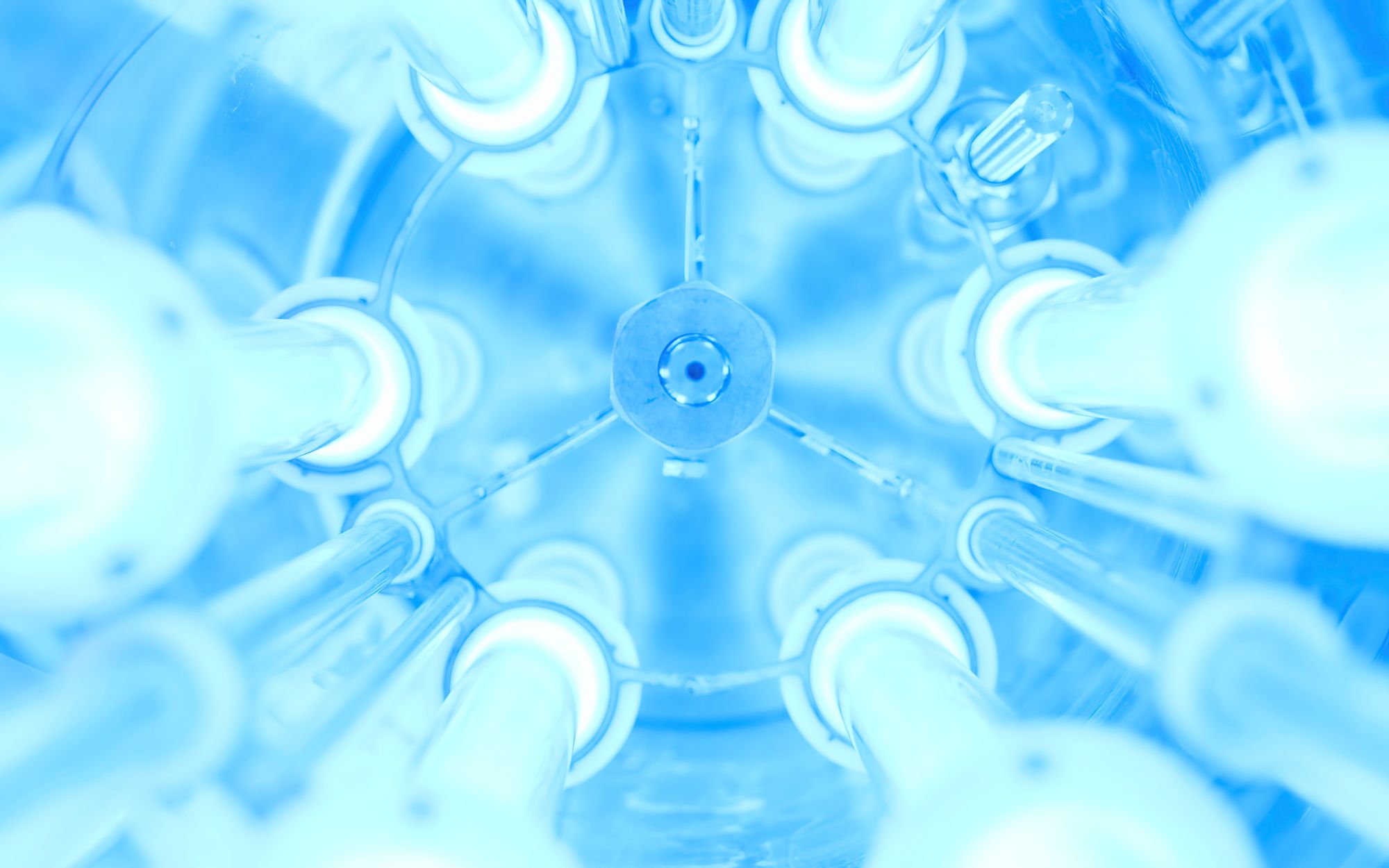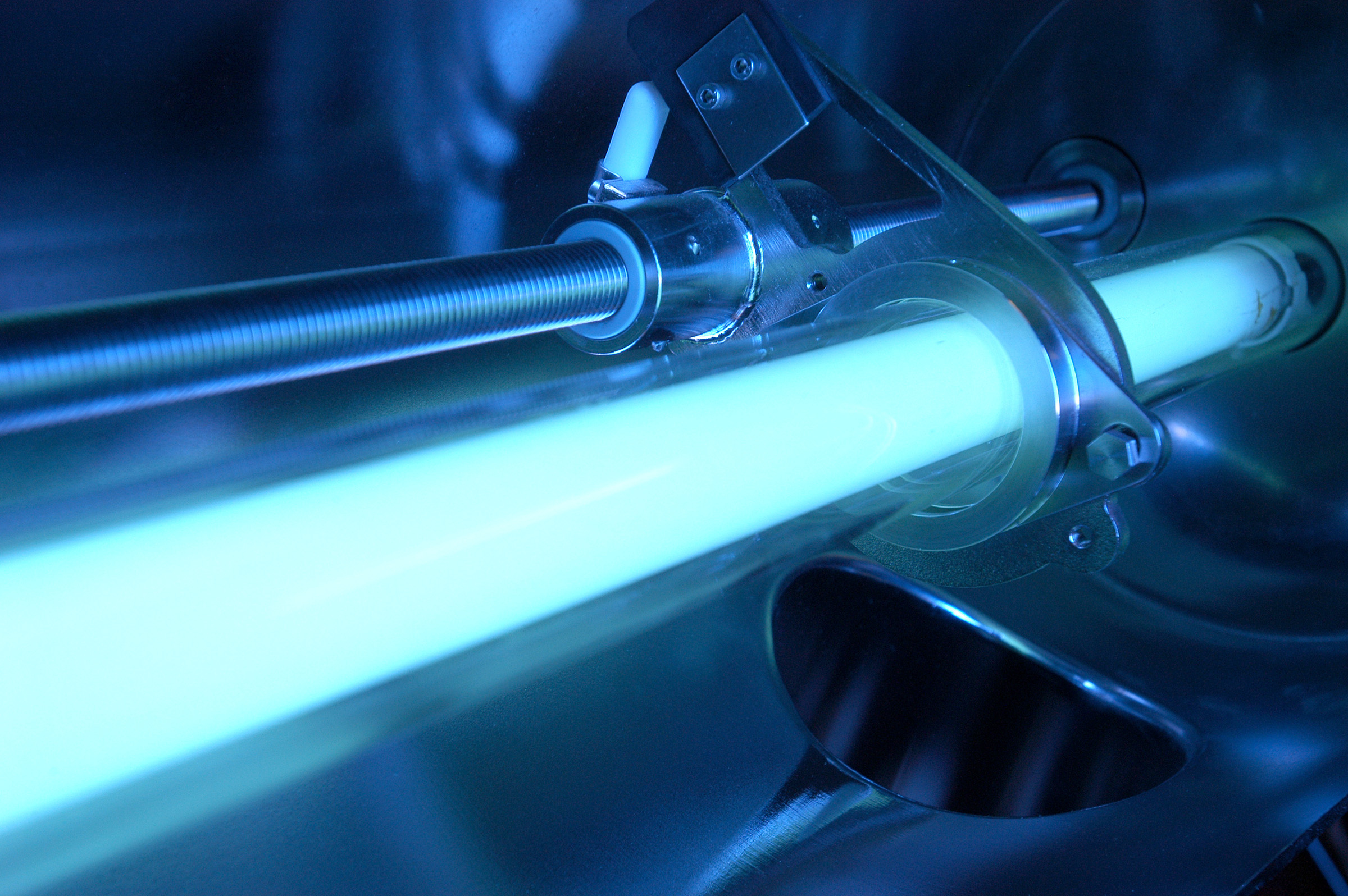Ultraviolet (UV) disinfection lamps have garnered widespread attention as a powerful tool in the fight against pathogens, particularly in the midst of global health crises such as the COVID-19 pandemic. These lamps emit short-wavelength UV radiation, predominantly in the UV-C range (around 254 nanometers), which has been proven effective in deactivating microorganisms by damaging their DNA or RNA. However, the question remains: Are UV disinfection lamps equally effective against all pathogens? In this article, we will explore the scope and limitations of UV disinfection, examining factors that influence their effectiveness and the types of pathogens they can combat.
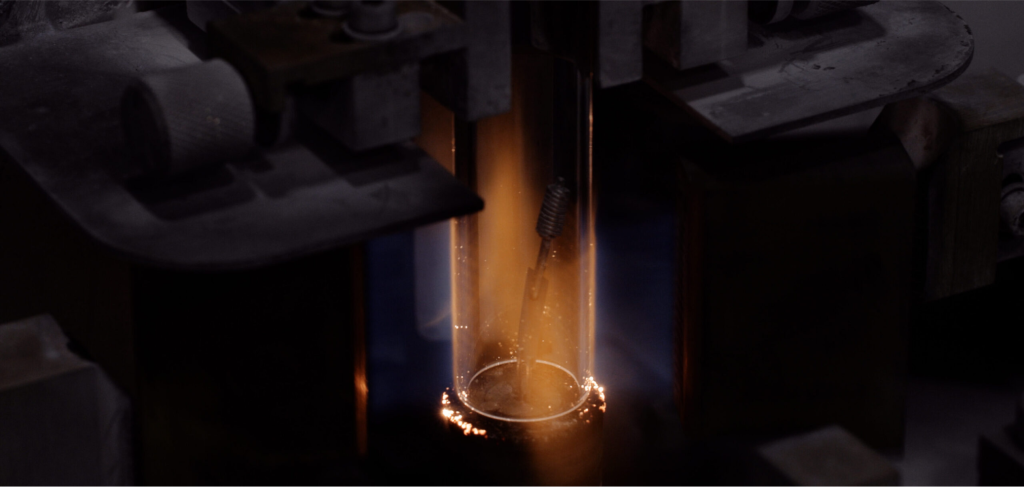
Understanding UV Disinfection
UV disinfection is founded on the principle that certain wavelengths of UV light can damage microorganisms’ genetic material (DNA or RNA), rendering them unable to replicate or function. UV-C light is particularly effective in this regard, as it possesses sufficient energy to break the molecular bonds in these genetic materials, leading to the inactivation of the microorganisms. This process is not only rapid but also chemical-free, making it an attractive option for disinfection in various applications.
Factors Influencing Effectiveness
UV Intensity: The strength of the UV radiation, often expressed in microwatts per square centimeter (µW/cm²), plays a crucial role. Higher UV intensity is generally more effective in deactivating microorganisms.
Exposure Time: The duration for which microorganisms are exposed to UV radiation is a key factor. Longer exposure times allow for greater damage to genetic material and improved disinfection.
Pathogen Type: The susceptibility of different pathogens to UV disinfection varies. Some microorganisms, such as bacteria, viruses, and mold spores, are more easily deactivated than others.
Shadowed Areas: The effectiveness of UV disinfection can be reduced in areas that are not directly exposed to UV light, such as shadowed corners or surfaces hidden from the UV lamp’s line of sight.
Reflective Surfaces: UV light can be reflected off surfaces, potentially increasing its impact in certain situations. However, this reflection can also lead to uneven exposure.
Dose-Response Relationship: The dose-response relationship refers to the relationship between UV exposure and the microbial inactivation rate. This relationship is specific to each microorganism and depends on its UV sensitivity.
Types of Pathogens Targeted by UV Disinfection
UV disinfection is generally effective against a wide range of pathogens, making it a valuable tool in infection control. Common types of pathogens that UV lamps can target include:
Bacteria: UV disinfection is highly effective against various bacterial strains, including common pathogens like E. coli, Staphylococcus aureus, and Salmonella.
Viruses: UV-C light can effectively inactivate many types of viruses, including those responsible for the common cold, influenza, and even more resilient viruses like SARS-CoV-2.
Mold and Fungi: UV lamps are also used for mold remediation in residential and commercial settings, effectively preventing mold growth.
Protozoa: UV disinfection can be employed for water treatment to inactivate protozoa such as Giardia and Cryptosporidium.
Parasites: UV-C radiation can also target parasites, including those responsible for waterborne diseases.
Variations in Pathogen Sensitivity
The sensitivity of microorganisms to UV disinfection varies widely. Some are more resilient than others, and the required UV dose for effective inactivation can differ significantly. This variation is crucial to consider when employing UV disinfection in different applications.
Bacterial Sensitivity: Bacteria are generally susceptible to UV disinfection, and even drug-resistant strains can be effectively deactivated with appropriate UV exposure.
Viral Sensitivity: The susceptibility of viruses varies. Enveloped viruses (with an outer lipid layer) are typically more sensitive to UV disinfection than non-enveloped viruses.
Parasite and Protozoan Sensitivity: Parasites and protozoa exhibit varying sensitivity to UV light, with some requiring higher UV doses for effective inactivation.
Fungal Sensitivity: Fungi, including mold and mildew, are generally sensitive to UV disinfection.
Spore-Forming Microorganisms: Some spore-forming microorganisms, like Clostridium difficile, can be more resistant to UV disinfection and may require higher UV doses for inactivation.
Limitations of UV Disinfection
While UV disinfection is a powerful tool, it is not a universal panacea. There are limitations to its effectiveness:
Shadowed Areas: As mentioned earlier, areas not directly exposed to UV light can escape effective disinfection. Proper lamp placement and multiple lamps may be needed to address this limitation.
Environmental Conditions: High humidity or reflective surfaces can impact the effectiveness of UV disinfection.
Distance: UV intensity decreases with distance from the lamp. Therefore, the proximity of the UV lamp to the target surface or air is a critical factor.
Material Interference: Some materials may absorb or block UV-C radiation, reducing its effectiveness.
Maintenance: UV lamps require regular maintenance to ensure optimal performance. Dust or dirt on the lamp’s surface can block UV radiation.
Safety Considerations: UV disinfection can be harmful to the skin and eyes if safety precautions are not taken. Careful consideration of safety guidelines is essential.
Emerging Pathogens and Variants
The effectiveness of UV disinfection against emerging pathogens and their variants remains a topic of research and consideration. With the emergence of new viruses and variants, ongoing research is needed to assess the efficacy of UV-C radiation against these evolving threats.
Conclusion: Harnessing UV Disinfection Effectively
UV disinfection lamps have proven to be an invaluable tool in the battle against a wide range of pathogens, from bacteria and viruses to fungi and parasites. Factors like UV intensity, exposure time, pathogen type, and environmental conditions can influence their effectiveness. While UV disinfection is not universally effective, it remains a powerful and chemical-free method for disinfection when employed correctly. Continuous research and adherence to safety guidelines are essential to ensure the optimal use of UV disinfection technology in various applications, contributing to the protection of public health.

